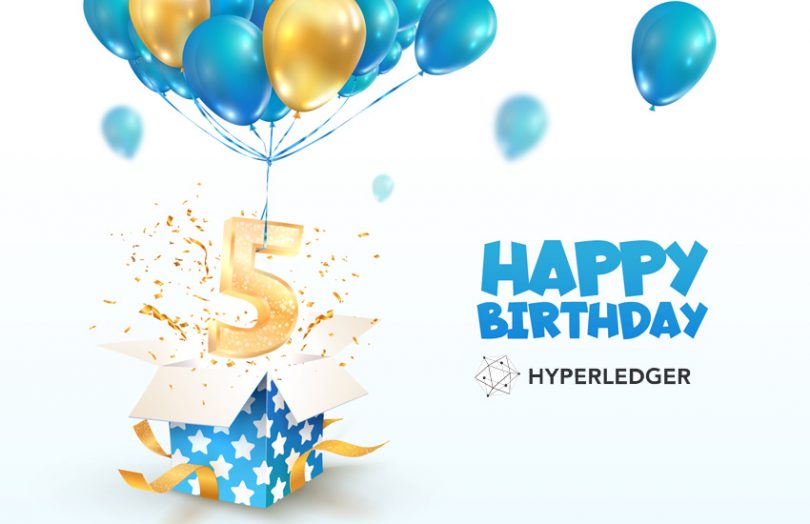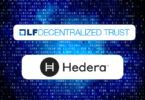Tomorrow the enterprise blockchain alliance Hyperledger celebrates its fifth birthday. With the ongoing pandemic, it wasn’t viable to throw an in-person party. But it’s having a virtual shindig by recreating something similar online with a celebratory networking session on Thursday. With a combination of big and small groups, the hope is that people can get to know each other.
It’s also an opportunity to look back at the genesis of Hyperledger and the progress so far.
It all started at a 2015 meeting in Brooklyn with IBM and numerous multinationals and financial institutions. While the aim was to avoid duplicating development efforts, the group was unable to agree on a common core protocol. “So we took the approach to have what’s now known as a greenhouse and umbrella,” said Dan O’Prey, Chief Strategy Officer, Digital Asset. “To have multiple different technologies in there, and essentially let them evolve independently, compete in some ways, collaborate in others.”
At that stage, Brian Behlendorf was a venture capitalist. He attended one of the pre-launch Hyperledger sessions, sitting at the back watching Dan Middleton from Intel, Chris Ferris and Gary Singh from IBM discussing real problems and a new take on distributed databases and systems. And the seeds of the community were already visible.
For Behlendorf, there was an appeal in something like Bitcoin with its decentralization and where no central actor can change people’s accounts. “I saw a lot of resonance with the way that open source communities worked historically, where there’s this cooperative peer-based production that generates this software that goes off and does useful things like Linux and Apache. But here it could be applied to assets that are owned by the community that manages them,” he said.
Behlendorf had wondered whether there was a way to have blockchain without the speculative coins and burning so much energy with proof of work. And at that meeting, he saw potential answers.
What sealed the deal for Behlendorf was a talk by former Treasury Secretary Larry Summers at the Consensus event in 2016. He recalls the economist saying that he wasn’t sure how to fix the global financial systems, but blockchain was probably a key part. Behlendorf concluded that if that was the view of a forward-thinking policymaker, it was time to jump in. Just two weeks later, he was named Executive Director.
The road already traveled
Behlendorf cited the biggest accomplishment of Hyperledger as taking the “wild and wacky experiment” and making it acceptable. “I think our biggest achievement has been to normalize it, to make it understandable, to grow it.”
Jerry Cuomo, IBM’s VP of Blockchain (and other divisions), gave the ecosystem and community as one of the most important aspects, something both Behlendorf and O’Prey agreed with. (Full interview with Cuomo here.)
“And I’d say the strength of a software project is much more based on the health of its community, and the diversity of vendors in that community and the diversity of developers, than it is on some of the more easily measurable metrics,” said Behlendorf.
In an interview in 2018, Cuomo gave the example of VHS versus Betamax where he noted that what really matters is adoption. And today, he stated that in a different way when he said the second-biggest accomplishment is the production networks. And instead of reeling off IBM Food Trust and Tradelens as examples, he pointed to Thailand’s Letter of Guarantee project.
For Behlendorf, another area of pride is the self-sovereign approach to digital identity enabled through Hyperledger Indy and Aires.
The road ahead
Looking forward, Cuomo’s prediction for enterprise blockchain in 2021 is ‘blockchain inside’. That’s a nod to Intel’s Inside campaign, where nobody really sees the central processor, but it makes the machine work behind the scenes.
“Things like information, like (data-sharing platform) MiPasa and the coronavirus. Getting to data, knowing that this data is authentic and came from this hospital is going to be critical,” said Cuomo.
“And I think blockchain inside will directly and subtly switch the world from solely, depending on reputational trust.” He concluded that “adding algorithmic trust along with reputational trust will propel the world of IT to move faster.”






